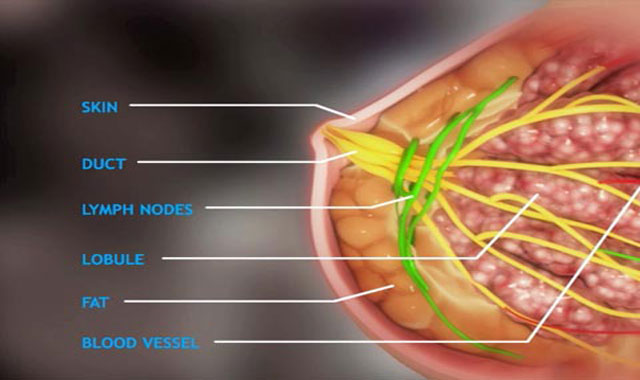Breast Cancer Pathogenesis
Description
Breast cancer is the most common cancer worldwide, and the second leading cause of cancer death.Breast cancer cells have receptors on their surface and in their cytoplasm and nucleus. Chemical messengers such as hormones bind to receptors, and this causes changes in the cell. Breast cancer cells may or may not have three important receptors: estrogen receptor (ER), progesterone receptor (PR), and HER2. ER+ cancer cells depend on estrogen for their growth. Untreated, HER2+ breast cancers are generally more aggressive than HER2- breast cancers. Cells that do not have any of these three receptor types are called triple-negative, although they frequently do express receptors for other hormones, such as androgen receptor and prolactin receptor.
It is important to understand the aetio-pathogenesis of this common disease, which is associated with high morbidity and mortality, especially if not detected early. Therefore, the roles of early screening in high risk or susceptible individuals, as well as proper surveillance of treated cases in order to detect recurrence at the early stages have been advocated.
Browse Other Animations
 Bio Animation Introduction
Bio Animation Introduction
 Introduction to Breast Cancer
Introduction to Breast Cancer
 Allergy
Allergy
 Swine Flu
Swine Flu

